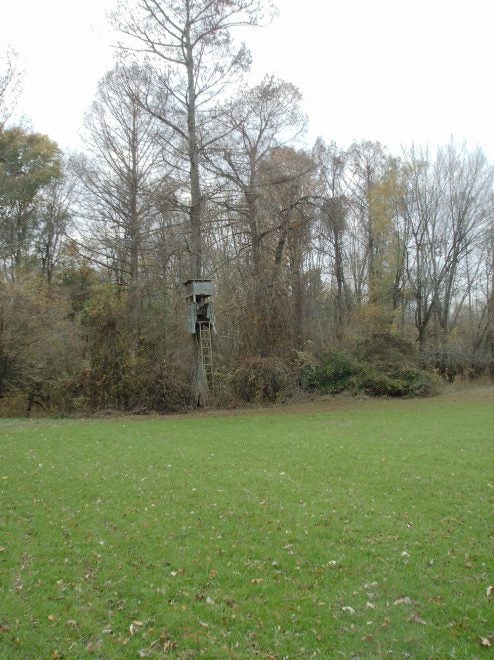Summer Food Plot Maintenance
Dr. John Woods 07.26.16

When it gets close to the Fourth of July, magically it seems that hunters all of a sudden start to think about the fall hunting seasons. In particular hunters begin to daydream about food plot plans and how to improve the supplemental forages they can provide for active fall whitetails.
Now is the time to get out to inspect all your food plots despite the heat. What you will find is what I found as early in the year as the end of turkey hunting season. Our plots had already grown up knee high or more with left over rye, wheat, and other food plot plants that survived the last of the winter frosts and cold weather. Now, too, the weeds are flourishing.
In mid-summer there are basically only three things that can be done to curtail the weed growth from totally overtaking your wildlife food plots. These options are bush hog mowing, disking, and/or the application of a stringent herbicide to kill back the unwanted weed growth. These methods will also knock back all the varieties of volunteer seedlings and even some of the smaller undesirables that wildlife managers do not want in their plots.
Unfortunately, these summer food plot maintenance strategies are time consuming and marginally expensive depending on your hunting land budget or investments in such things. Truthfully though, it is sort of a case of “pay me now or pay me later.” If you wait until early fall to start work to recapture your food plots, the same work will have to be done, but it may even be tougher as weeds and such are bigger, thicker, and denser.
If you do food plot work yourself, then get your tractor, disk, bush hog mower, and sprayer rig ready to go. If not, with some luck you can find a local farmer looking for some extra work or even a private contractor that does wildlife food plot work.
A visit to your local farm co-op would be a good idea to seek advice, look over herbicide products, and get other recommendations for weed control in food plots. A call to the local county university cooperative extension service is a good idea, too. Often they offer select publications, guides, or hands-on advice about maintaining wildlife food plots.
Any summer food plot work you do now will yield results, making preparations for fall food plots easier and more productive.